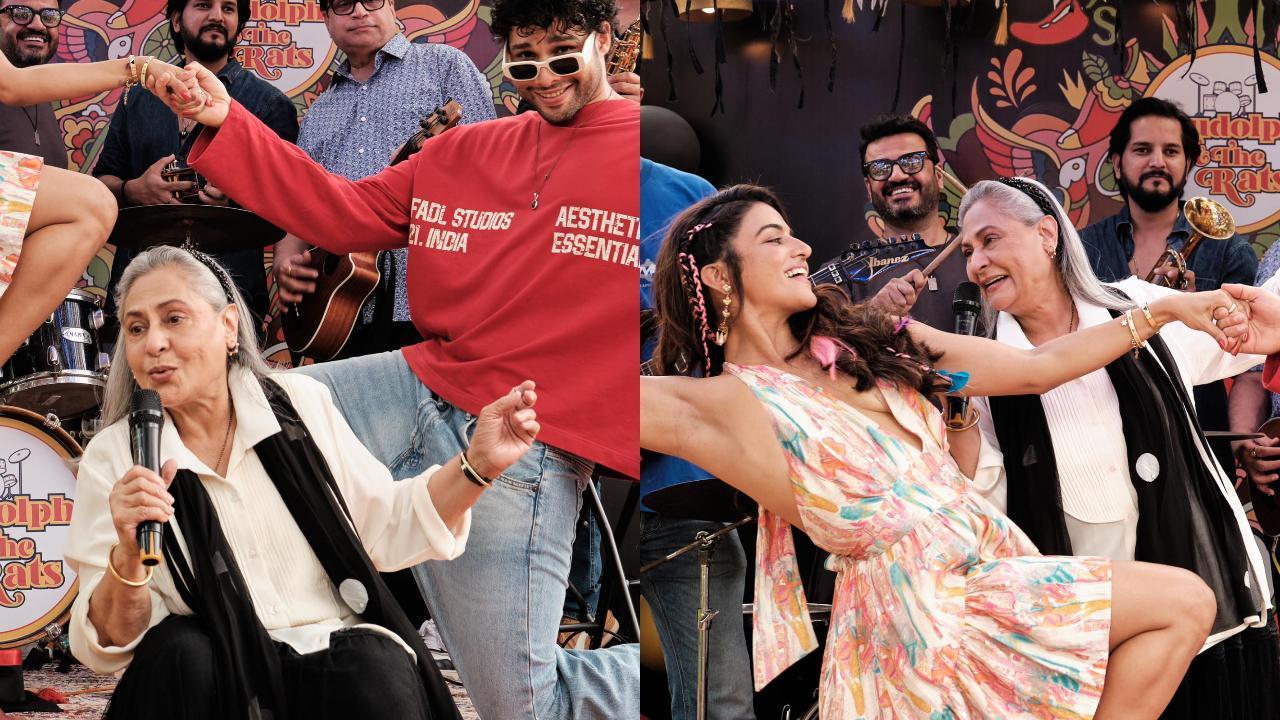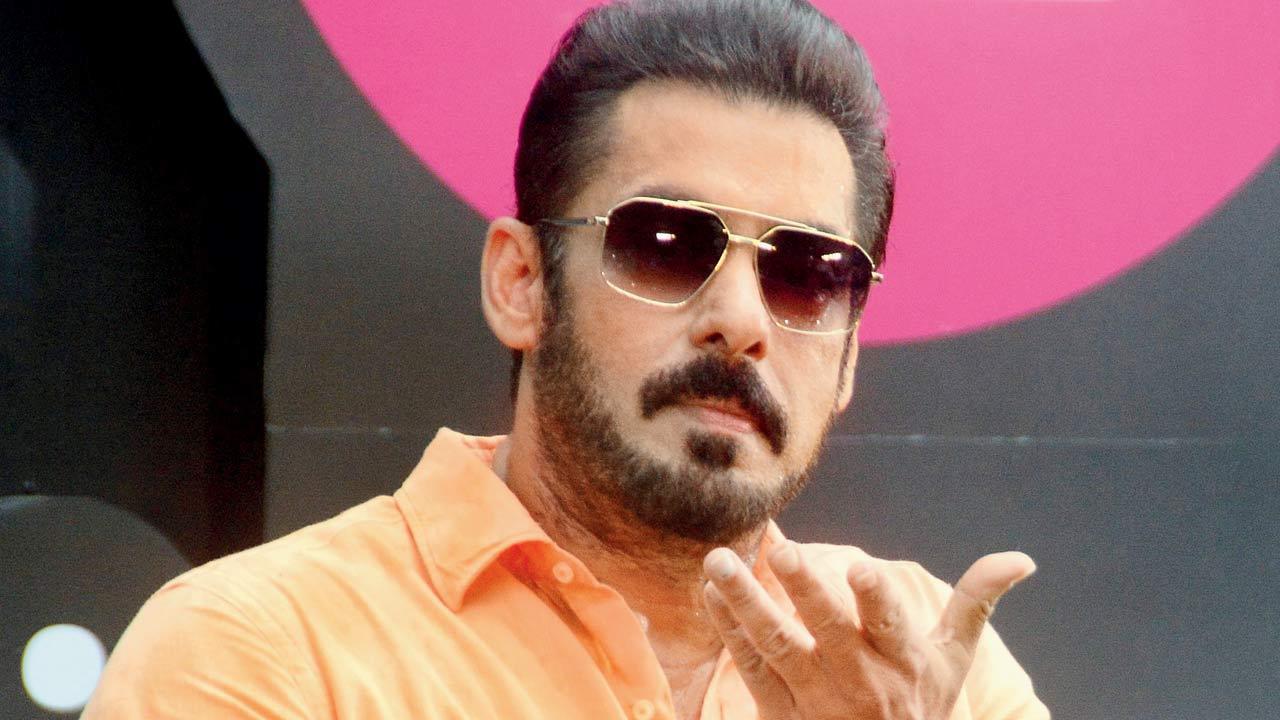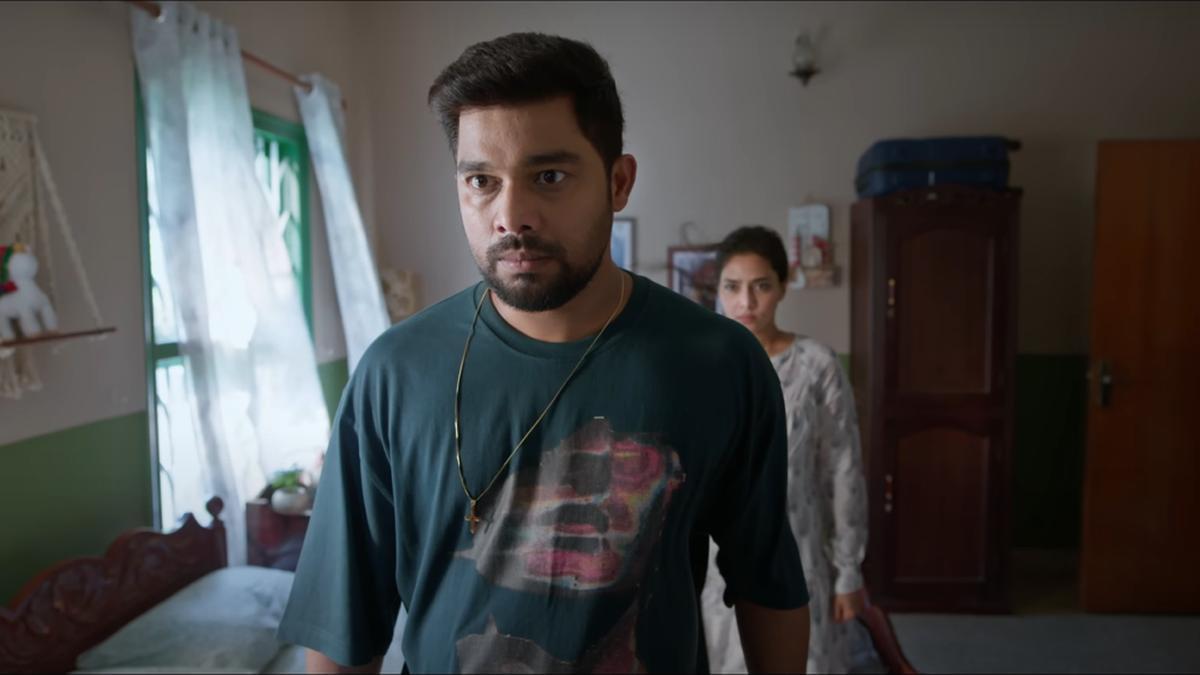
The Sheena Bora murder case has been a source of intrigue and speculation for nearly a decade, ever since Indrani Mukerjea found herself accused of murdering her own daughter. The news, which could have been just another horrific true crime tragedy, became a nationwide sensation not solely because of the gruesome nature of the crime or the high-profile status of the accused but also due to the convoluted fabric of familial relationships within the Mukerjea-Bora circle. This perplexing backdrop ensured that the case wasn’t just a topic of hushed whispers; it dominated prime-time news and sparked debate across the country. Now, aimed to dive deeper into the narrative, Netflix has released ‘The Indrani Mukerjea Story: Buried Truth’, a docu-series that unfortunately does little to move beyond the tidal wave of information already available to the public.
From the outset, the series tries to present itself as a groundbreaking exposé with the unique selling point that the viewers get to hear from the proverbial horse’s mouth. In an attempt to unearth the “buried truth”, the series ironically succumbs to the same pitfalls of public relations spin and carefully curated statements that have been scrutinized by the legal teams of the parties involved. The experience of watching the docu-series can eerily resemble going through a decade’s worth of news footage, with the only difference being a slight tweak in the volume levels.
The retelling unfolds with the phone calls made by a desperate Rahul Mukerjea, Sheena’s fiancé at the time and son to Peter Mukerjea, who painstakingly seeks to uncover Sheena’s whereabouts in 2012. These calls persistently feature throughout the four-episode narrative, becoming increasingly distressing as Peter provides evasive responses to Rahul’s inquiries. In a similar vein, the audience is fed repetitious versions of the unfolding events, recounted by journalists and lawyers offering an outsider’s perspective. The insiders’ views come from Vidhie Mukerjea, Indrani’s second daughter, and Mikhail Bora, Sheena’s brother, who lend an intimate window into the dynamics of the family. A climactic moment at the finale of episode one teases the viewers with the prospect that Indrani herself will be taking part in the series.
Indrani, currently out on bail, has seized this opportunity to mend her public image, which, according to her, was sullied by the media back in 2015. Notable attempts at this image refurbishing include a tell-all book, showcased at book fairs around the nation, and now this docu-series. However, these efforts are transparent indicators of Indrani’s goal—to reclaim the narrative. Despite giving Indrani a platform to tell her story, the series does little more than that.
The information rehashed on screen had been painstakingly dissected by news channels five years prior, yet nobody in the documentary denies the allure of the case as fodder for television ratings. The dramatic recreations invite audiences into living rooms across India, where families consumed conspiracy theories with zeal. The docu-series intends to escalate this excitement by offering an unfiltered view of Indrani’s testimony.
While the series may succeed as a casual one-on-one with Indrani, it disappointingly lacks any semblance of independent investigative journalism or the robust objectivity expected from serious documentary filmmaking. “I think what was very intriguing was that people didn’t really know much about me,” Indrani mentions early on. This sentiment encapsulates her apparent strategy of self-portrayal via the documentary. The narrative play-acting and its lack of an incisive viewpoint culminate in a presentation that is both tame and unadventurous.
Vidhie articulately points out that Sheena should remain the focal point, urging that attention be paid to the fact that a person’s life was tragically cut short. Regrettably, just as the case was used by media outlets in 2015 as a means to an end, this series, too, fixates on Indrani to the detriment of the actual victim’s story, resulting in a feeble and outdated reiteration of events already known to the public.
In conclusion, ‘The Indrani Mukerjea Story: Buried Truth’ serves as a stark reminder of the case’s impact on mass media and public perception. Despite its claims of delivering the unvarnished truth, the series ultimately regurgitates a tale already told, and in doing so, does little justice to the memory of Sheena Bora. This docu-series is another addition to Netflix’s true crime library but, unfortunately, one that offers more deja vu than revelation.










